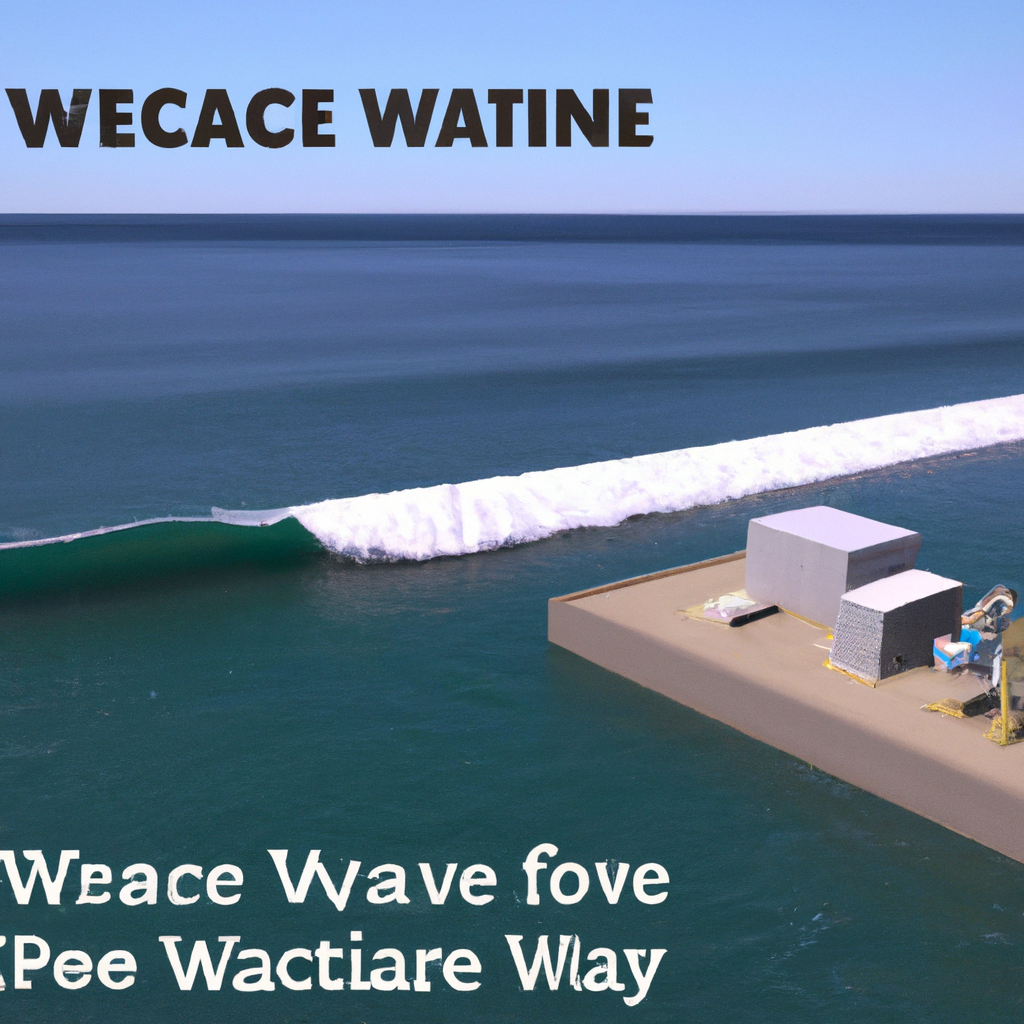Wave power plants, also known as wave energy converters, harness the power of ocean waves to generate electricity. This form of renewable energy is gaining attention as a clean and sustainable alternative to traditional fossil fuels. In this article, we will dive deeper into how wave power plants work and their potential to revolutionize the way we generate electricity.
Understanding Wave Energy
Before we dive into wave power plants, we need to first understand the concept of wave energy. Ocean waves are formed by wind blowing over the surface of the water, causing ripples that grow into waves. These waves contain kinetic energy, which can be harnessed to generate electricity. Wave energy is a type of marine energy, which refers to any form of energy derived from the ocean.
Wave Power Plant Components
Wave power plants consist of several components working together to convert wave energy into electricity. These components include:
1. Wave Energy Collectors: These are the structures that capture the wave energy and convert it into mechanical energy.
2. Power Conversion System: The mechanical energy is then converted into electrical energy using generators, turbines, or other types of power conversion systems.
3. Subsea Cables: The electricity generated by the power conversion system is transmitted to the shore using subsea cables.
How Wave Energy Collectors Work
Wave energy collectors come in various designs, but the most common type is the oscillating water column (OWC). OWCs consist of a partially submerged chamber that is open at the bottom. As waves enter the chamber, the water level inside rises, compressing the air trapped inside. As the water level falls, the air expands, driving a turbine that generates electricity. The process is repeated as the waves continue to enter and leave the chamber.
Another type of wave energy collector is the point absorber, which consists of a buoy that moves up and down with the waves. The buoy is connected to a power conversion system that generates electricity as the buoy moves.
Advantages of Wave Power Plants
Wave power plants offer several advantages over traditional fossil fuels:
1. Clean Energy: Wave power plants generate electricity without emitting greenhouse gases or other pollutants that harm the environment.
2. Sustainable Energy: Ocean waves are a renewable resource, meaning they will never run out.
3. Predictable Energy Source: Unlike solar or wind energy, which are dependent on weather conditions, ocean waves are consistent and predictable.
4. Minimal Land Use: Wave power plants take up minimal land space, making them ideal for densely populated areas.
Challenges of Wave Power Plants
Despite the many advantages of wave power plants, there are still several challenges that need to be overcome:
1. High Initial Costs: Building and installing wave power plants can be expensive, making it difficult to compete with traditional energy sources.
2. Maintenance: Wave power plants are located in harsh ocean environments, which can make maintenance and repairs challenging.
3. Environmental Impact: While wave power plants are a clean energy source, their construction and operation can still have an impact on marine life.
Conclusion
Wave power plants have the potential to revolutionize the way we generate electricity. By harnessing the power of ocean waves, we can generate clean, sustainable, and predictable energy. While there are still challenges to be overcome, the benefits of wave power plants make them a promising alternative to traditional fossil fuels. As technology continues to evolve, the future of green energy looks brighter than ever before.







